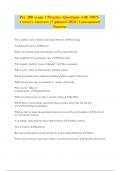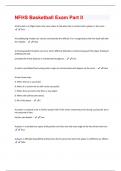Resume
introduction to communication studies: summary of chapter 2: approach-paradigm-theory
- Établissement
- Vrije Universiteit Brussel (VUB)
summary of chapter 2: apprach-paradigm-theory, from the course intoduction to communication studies by jan loisen, VUB
[Montrer plus]













